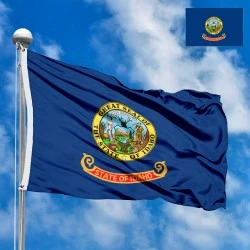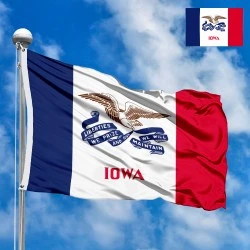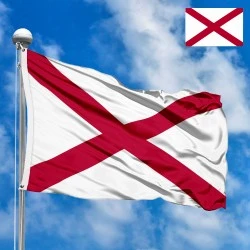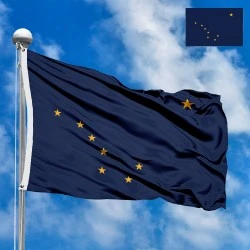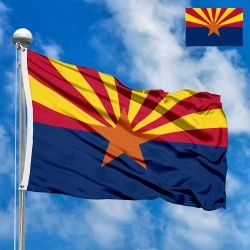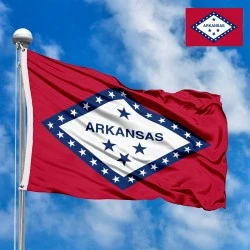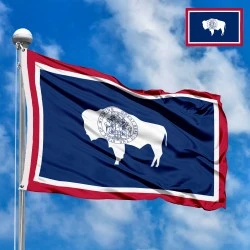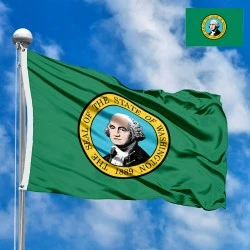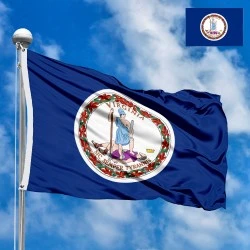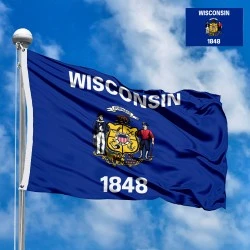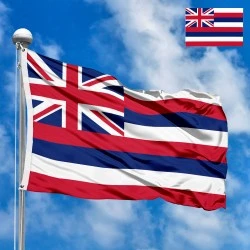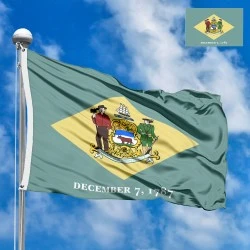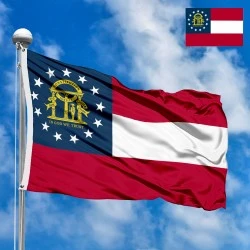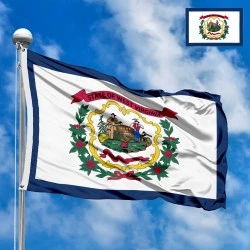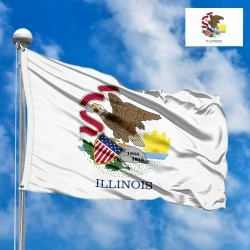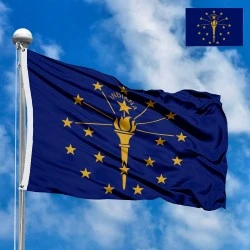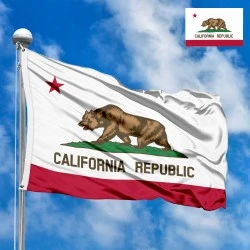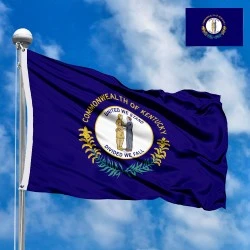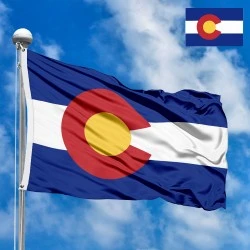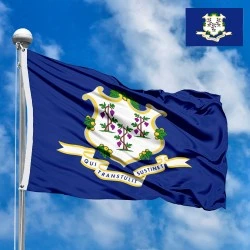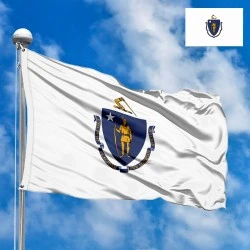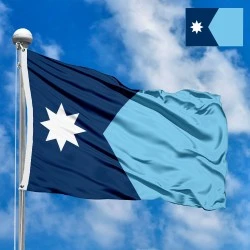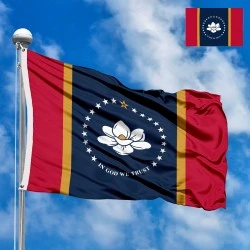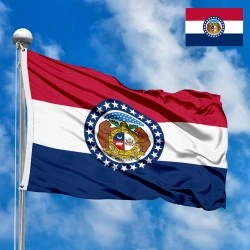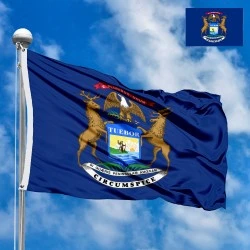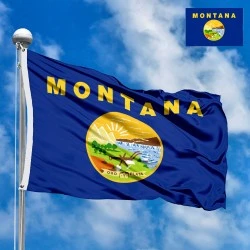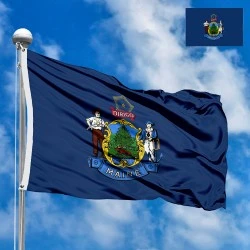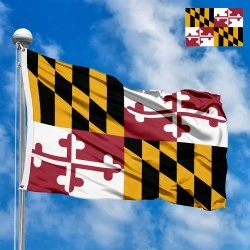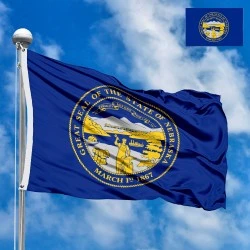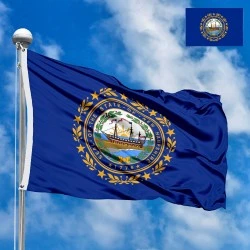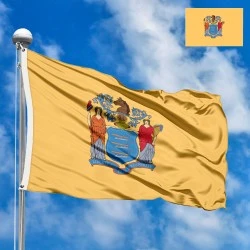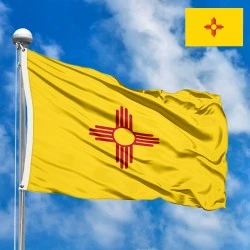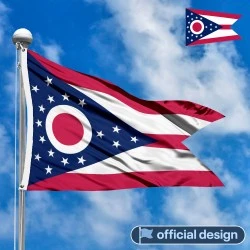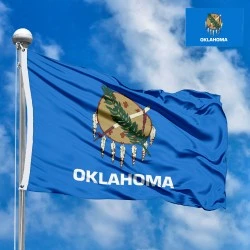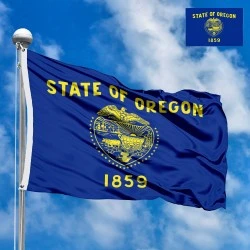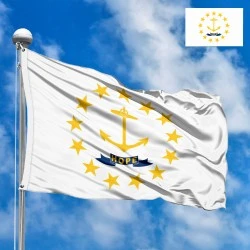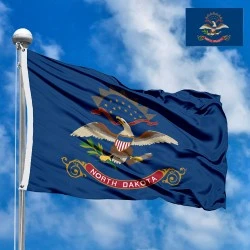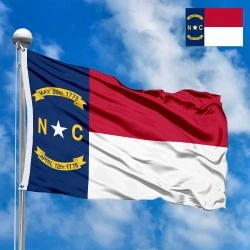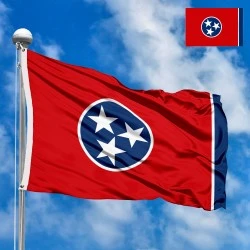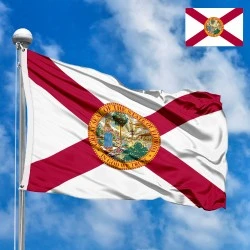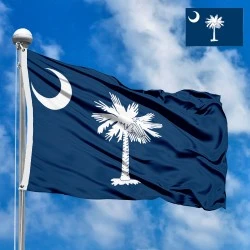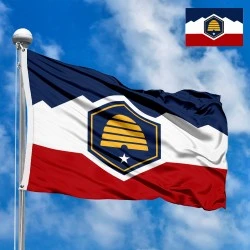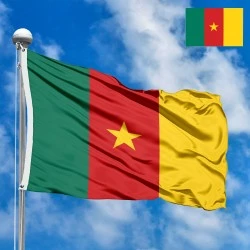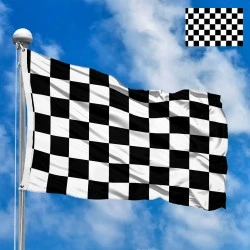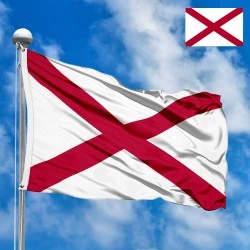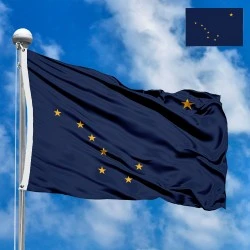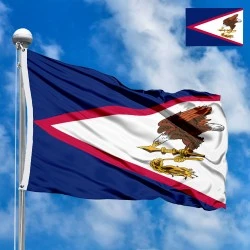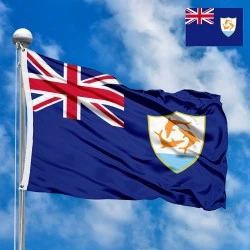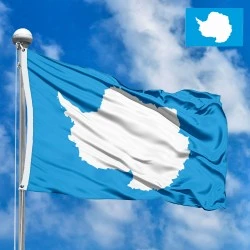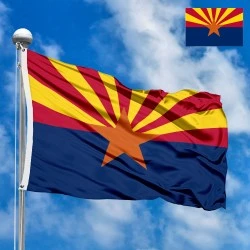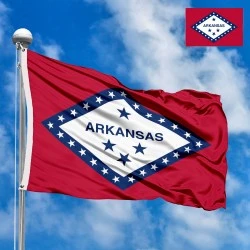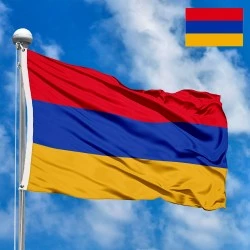Flag of Vermont (US state)
- Flag Type: US States
- Proportions (official): 3:5
- Official name: State of Vermont
- Local name: Vermont
- Capital: Montpelier
- Large cities: Burlington, Essex, South Burlington
- Population: 647 064 (2024)
- Area (km²): 24 923
- Highest point: Mount Mansfield (1,339 m)
- Lowest point: Lake Champlain (29 m)
- Dialing code: +1 (802)
Flag Information
General information
Demography and Culture
Economy and communications
- All Flags
- Flags of Countries by Continent
-
Flags of Organizations
- Flags of UN countries
- Flags of the European Union countries
- Flags of NATO countries
- Flags of the countries of the Organization of Islamic Cooperation
- Flags of the countries of the Organization of American States
- Flags of the Arab League countries
- Flags of the African Union countries
- Flags of the countries of the Union of South American Nations
- Flags of the Commonwealth of Nations
- Flags of the countries of the Secretariat of the Pacific Community
- Flags of the Nordic Council countries
- Flags of the Caribbean Community
- Flags of the countries of the Association of Southeast Asian Nations
- Flags of the East African Community
- Flags of the countries of the Organization of Turkic States
- LGBT Community Flags
- Historical Flags
- Ethnic Flags
- Flags of the USA (states)
Description
The flag of the state of Vermont is a powerful emblem that encapsulates the state's unique character, history, and core values. Officially adopted in 1923, its design is a direct representation of the state's coat of arms, which has a much longer history. The flag is a visual testament to Vermont's agrarian roots, its commitment to liberty, and the natural beauty of its famous "Green Mountains."
Flag Design, Symbolism, and Colors
The Vermont flag is characterized by its simple yet meaningful design, featuring the state's coat of arms on a field of blue.
-
Colors and Arrangement: The flag has a solid field of deep dark blue. Centered on this field is the Coat of Arms, a complex image rich with symbolism. The design is clean and focuses entirely on the seal to convey its message.
-
The Coat of Arms: The coat of arms is the heart of the flag's symbolism. It is a detailed depiction of the state's identity:
-
The Pine Tree: A large, majestic pine tree stands in the center of a shield, symbolizing the state's expansive forests and its nickname, "The Green Mountain State." The pine is a strong symbol of resilience and growth.
-
Agriculture and Livestock: To the left of the pine tree, a cow stands, representing Vermont's vital dairy industry. To the right are three sheaves of wheat, a classic symbol of agriculture and the fertile land that sustains the state.
-
The State Motto: A red scroll beneath the shield proudly displays the state's motto: "Freedom and Unity." This powerful phrase reflects the two pillars of Vermont’s political identity: the belief in individual liberty and the necessity of community solidarity.
-
Crest and Supporting Elements: Above the shield is a pine tree, and a deer's head is mounted on the crest, symbolizing the state's abundant wildlife. The shield is supported by branches and is surrounded by a bundle of thirteen arrows (representing the original colonies and Vermont’s role as the 14th state) and a cornucopia, symbolizing the state's natural abundance.
-
A Brief History of the Flag's Creation and Adoption
The history of the Vermont flag is one of several designs, culminating in the current one to establish a unified symbol.
-
Early Flags: The first flags associated with Vermont were carried by the Green Mountain Boys, a militia led by Ethan Allen during the American Revolution. These flags were often green with a blue canton and a constellation of thirteen stars. This early connection to a military banner shows Vermont's long history of an independent spirit.
-
Evolution of the Design: After becoming a state, Vermont used a flag with alternating stripes and a star field in the canton. Later flags incorporated the state seal, but without a formal, consistent design. In 1837, a flag featuring the state's coat of arms on a yellow field was adopted but rarely used.
-
Official Adoption in 1923: Recognizing the need for a standardized flag, the Vermont General Assembly officially adopted the current design on June 1, 1923. The legislature chose to place the state's coat of arms, which had been in continuous use in some form since 1804, on a deep blue field, creating a clear, recognizable, and historically relevant symbol for the state.
Historical Context and the State of Vermont
The Vermont flag is a perfect summary of the state's identity. The combination of its agricultural symbols with the motto "Freedom and Unity" reflects a history of both self-sufficiency and communal cooperation. The pine tree and the green mountains are at the heart of the state's identity, representing its fierce connection to the land and its rural character. The flag speaks to Vermont's unique political journey, first as an independent republic and then as a crucial member of the United States.
Significance for Residents
For the people of Vermont, the flag is a powerful and personal symbol. It represents their pride in the state's rugged natural beauty, its tradition of independence, and its strong sense of community. The motto "Freedom and Unity" is not just a phrase; it’s a living ideal that Vermonters strive to embody in their daily lives. The flag serves as a reminder of their unique heritage as a state founded on the principles of self-reliance and collective well-being.
Interesting Facts
-
The name "Vermont" is derived from the French words "Vert Mont," meaning "Green Mountain," a fact directly referenced by the large pine tree on the flag.
-
The state's coat of arms, the central element of the flag, was designed by Ira Allen, a founder of Vermont, and has been in use since 1777.
-
The motto "Freedom and Unity" was a product of the Vermont Constitution of 1777, showing a deep historical commitment to these values.
-
The design of a state seal on a blue field is a common one among U.S. state flags, leading to a national movement for flags that are more distinct and easier to recognize.
-
The thirteen arrows in the coat of arms are a significant detail, symbolizing Vermont's role as the 14th state to join the Union, following the original thirteen colonies.
-
The cornucopia symbolizes the state's natural bounty and agrarian abundance.
In the demonstration images, full-size flags are shown with proportions of 2:3, and hand-held flags with proportions of 1:2.
Donation
Download
Completely free for commercial and non-commercial use (public domain).
You can freely use them in your news magazines, websites, software, mobile applications.
We appreciate a backlink to https://flagssite.com
Raster files - Flag of Vermont (US state) (PNG, JPG)
 Waving flag
Waving flag
- PNG format (transparent background), 72dpi, dimensions in Pixels (px), aspect ratio 3:4.
- 15х20 px
- 30х40 px
- 60х80 px
- 120x160 px
- 240x320 px
 Sizes:
Sizes:
"v15" - image size (by height); if necessary, replace with available: v15, v30, v60, v120, v240.
!!! For resizing, use the Latin (eng) keyboard layout.
<img src="https://flagssite.com/flags/v15/20551.png" alt="Flag of Vermont (US state)">
 Round flag
Round flag
- PNG format (transparent background), 72dpi, dimensions in Pixels (px), aspect ratio 1:1.
"d15" - image size (diameter); if necessary, replace with available: d15, d30, d60, d120, d240.
!!! For resizing, use the Latin (eng) keyboard layout.
<img src="https://flagssite.com/flags/d15/20551.png" alt="Flag of Vermont (US state)">
 Rectangular flag 2:3
Rectangular flag 2:3
- JPG format, 72dpi, dimensions in Pixels (px), aspect ratio 2:3.
"h30" - image size (by height); if necessary, replace with available: h15, h30, h60, h120, h240, h360, h480.
!!! For resizing, use the Latin (eng) keyboard layout.
<img src="https://flagssite.com/flags/h30/20551.jpg" alt="Flag of Vermont (US state)">

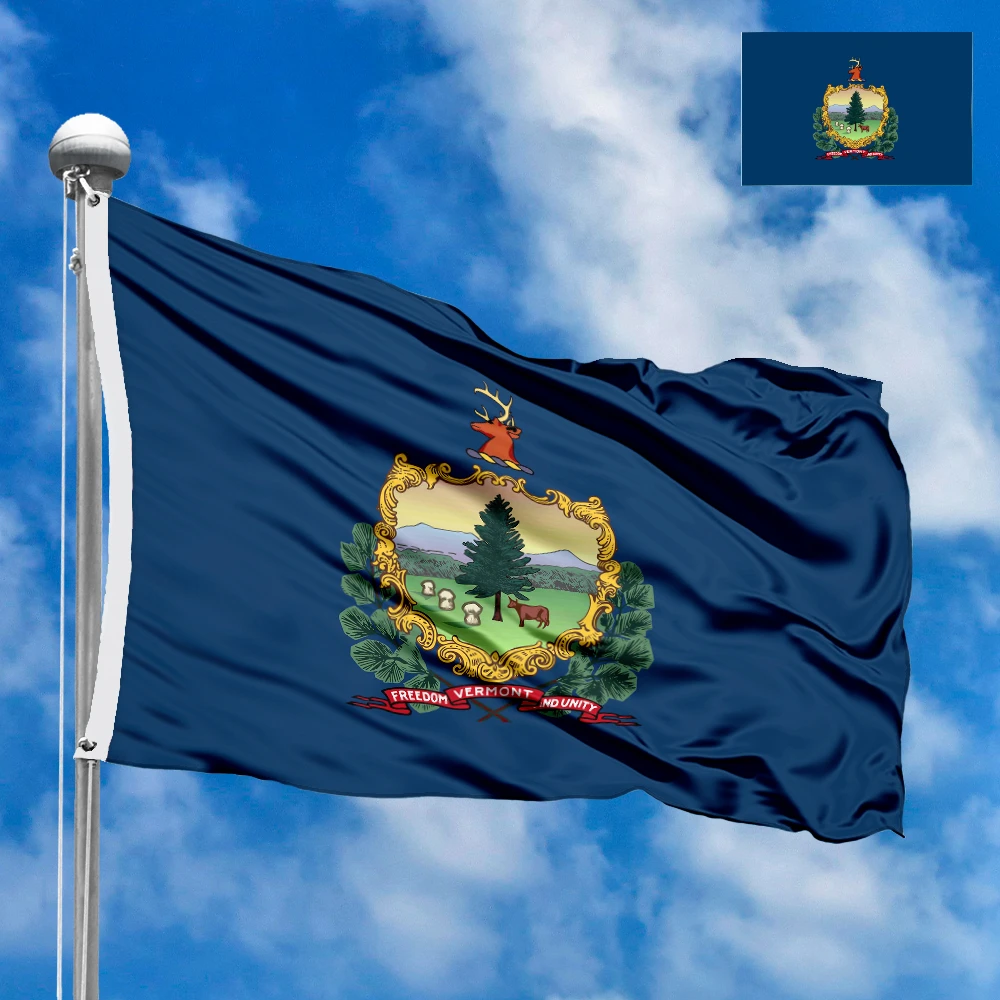
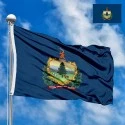
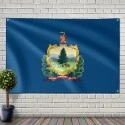

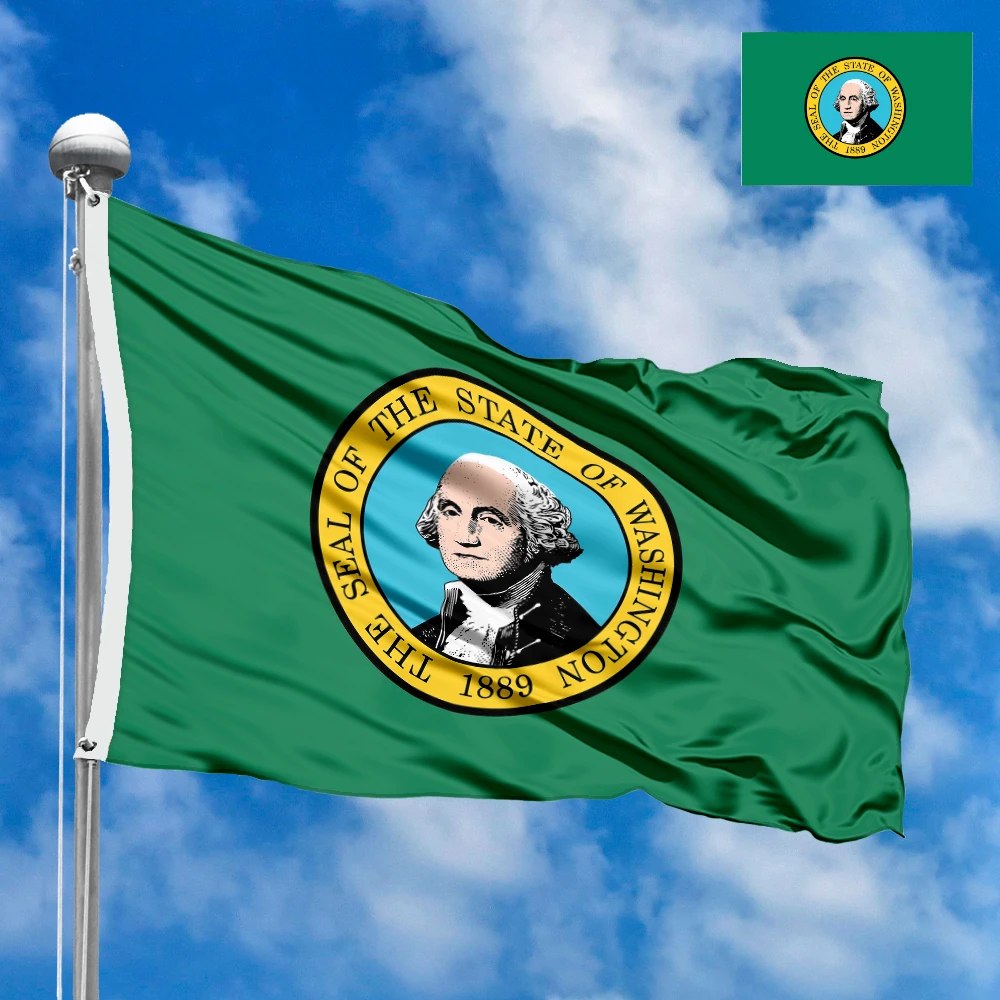


 Sizes:
Sizes:
 Sizes:
Sizes:
